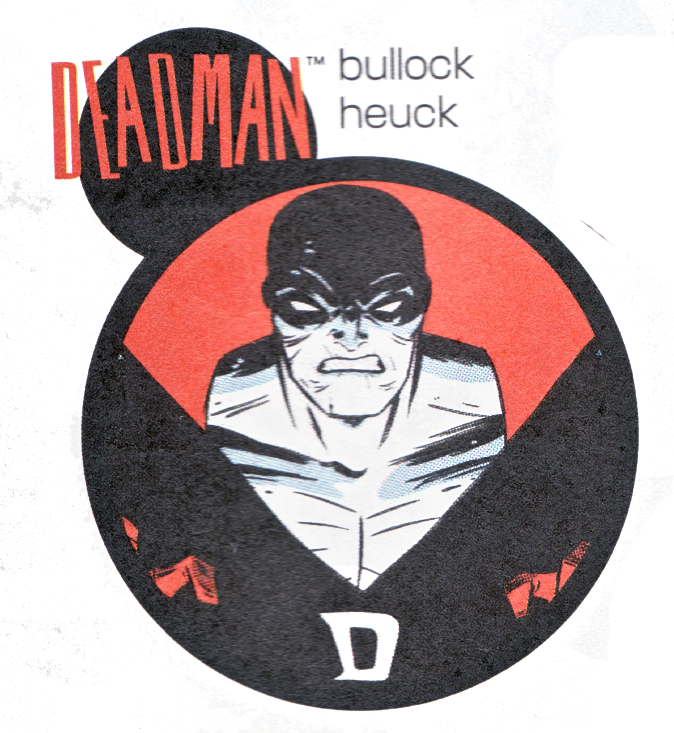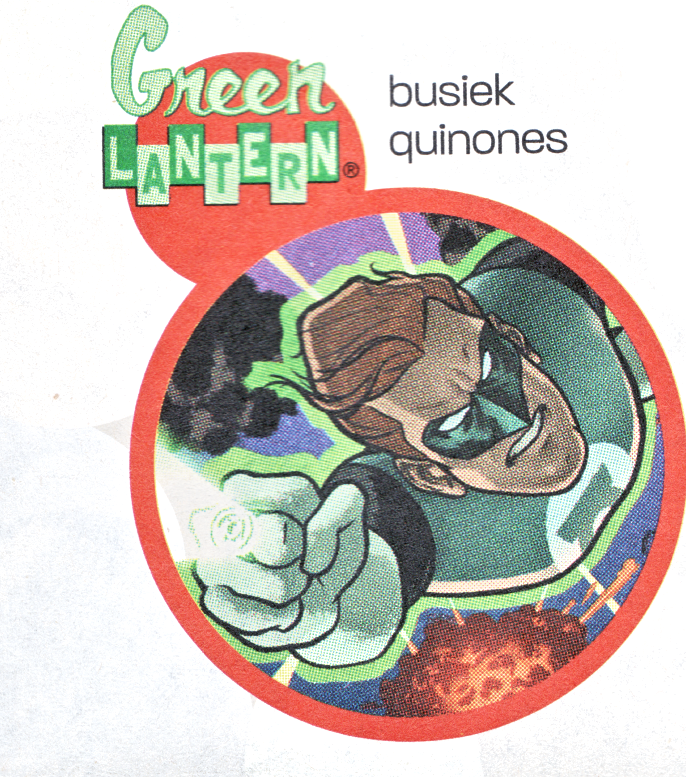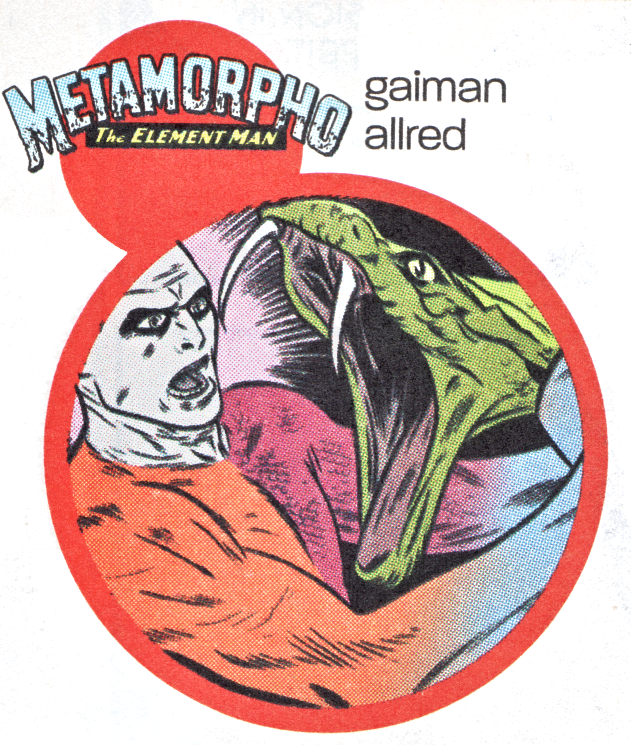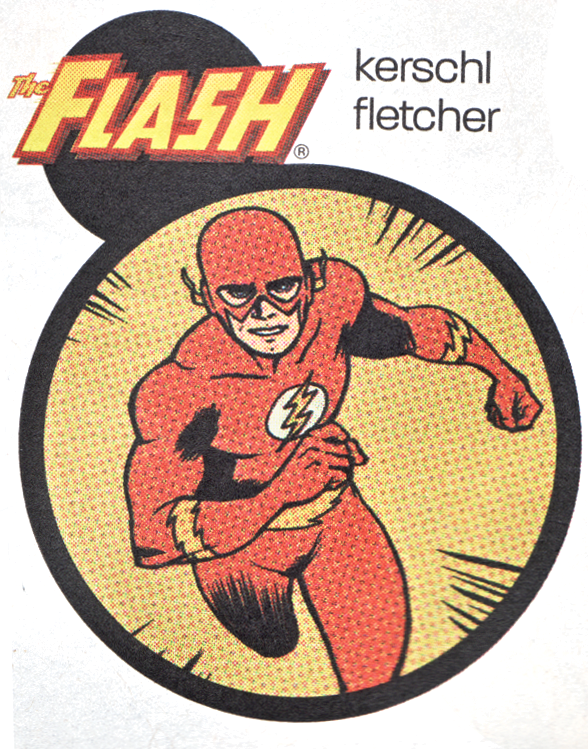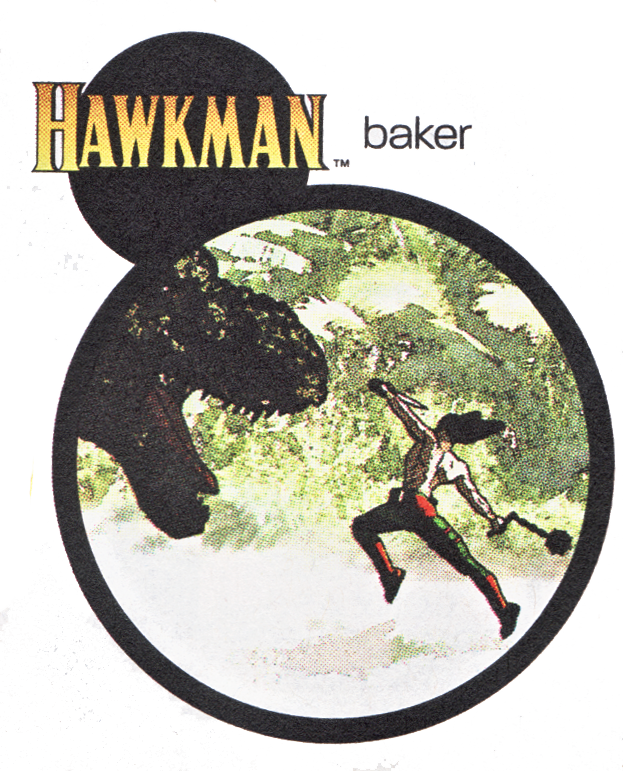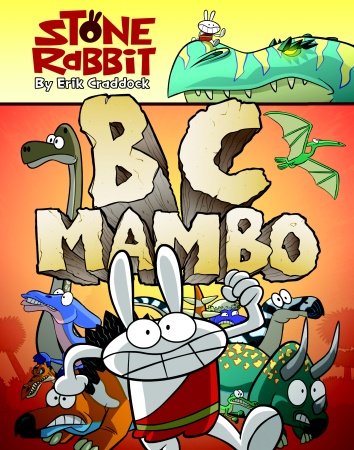.
This is
Steven Walters's first book, so a lot of the stuff I'm going to gripe about are things I hope he has gotten better at. The bigpicture stuff, stuff I consider more likely to be indicative of future work, that stuff's much healthier.
But may I complain first?
First, dude, what's with the copyediting? There were so many spelling errors and so much wrong punctuation and other related errors --- many quite embarrassing --- that I have to wonder if he ever read over what he wrote before going to press.
Second, dude, anatomy! perspective! Again, I trust he's gotten better at these minor details, but it could be distracting. Also, I wonder if two characters chatting about how they look alike came about because readers were complaining that they looked alike. Because, let's face it, they look alike.
Third, and most likely to be corrected in later works, sometimes the pages were cut off in the printing process or, one time, the words were outside the bubble. Little things. But this was a first-time project, he was learning as he went, I'm not judging. Making something is awesome and commendable and I'm suspecting that he's gotten better at these things as time's gone on.
Now let's talk about what's good.
This entire book was worth reading for the final sequence --- almost an epilogue, really. It wouldn't work without the rest of the story but the rest of the story's rather pointless without it.
Here's the idea: In a short period of time (in this case, eighteen months), friends can turn into strangers. And that can be the end of it. You'll never have what you had; it will be over. That's the ephemeral nature of friendship. Perhaps that's sad, but there you have it.
If you run across this book, it's worth a quick read just to taste Walters's execution of this bittersweet --- melancholy and strangely beautiful --- idea.
Friendship is fragile. So before you let it go, ask yourself, how will you feel if it never comes back?







